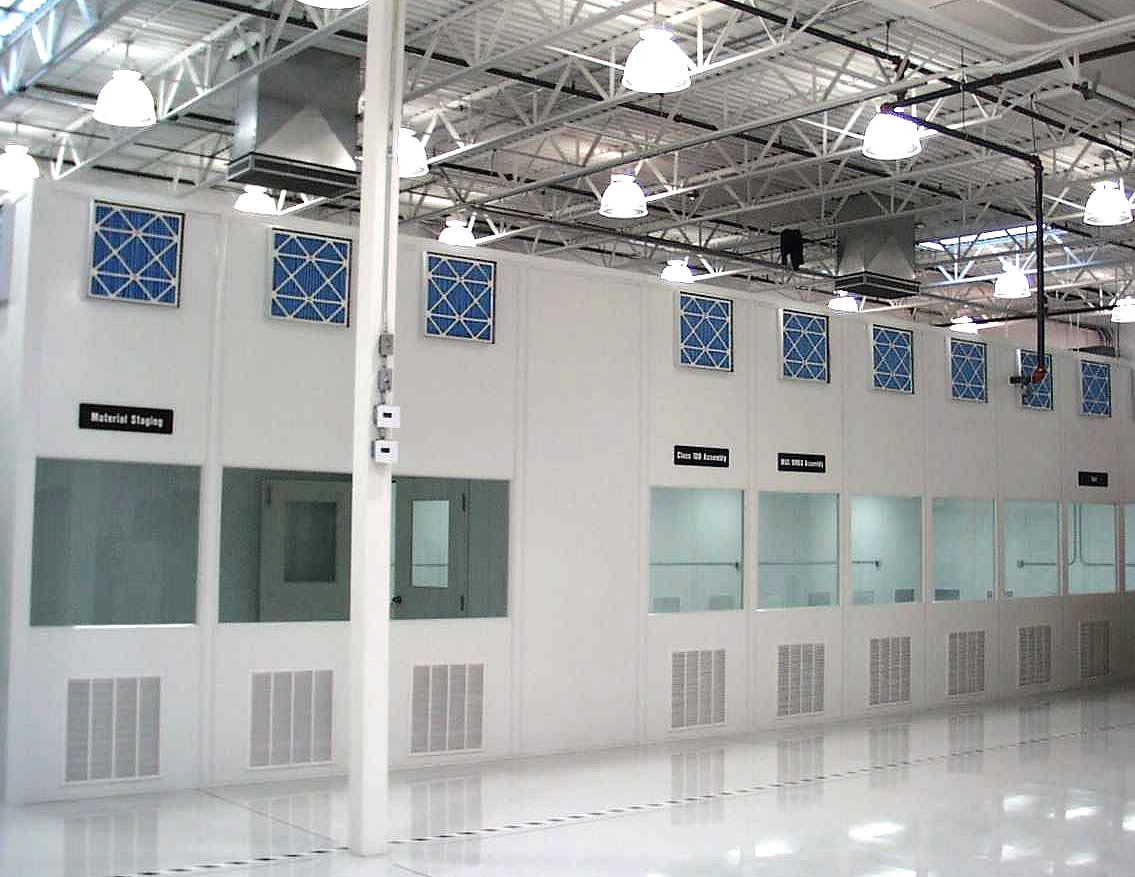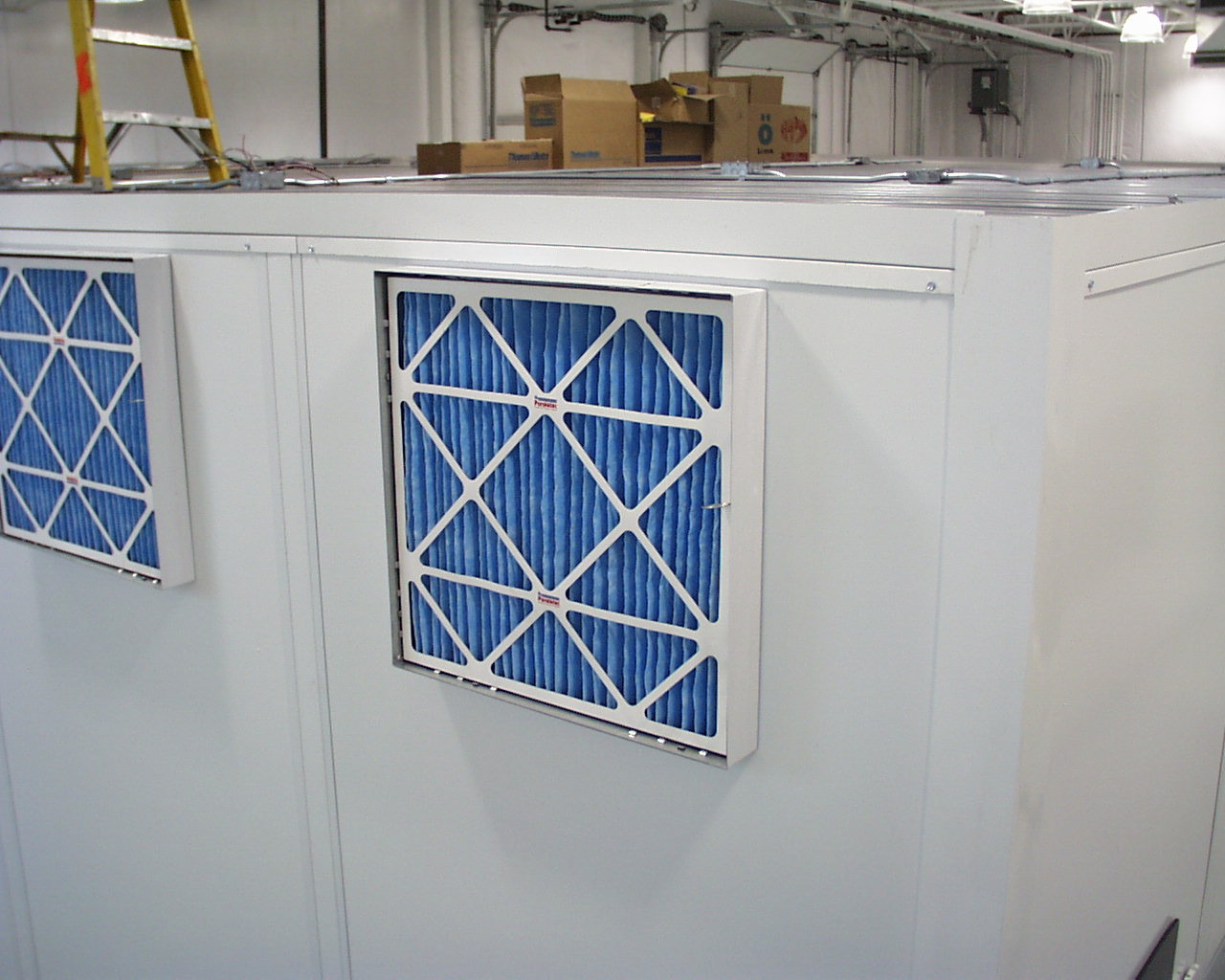Cleanrooms are rooms where work can be done under controlled conditions. Not only are there different types of modular cleanrooms, but they can also be categorized according to ISO – depending on how clean the air inside is. In this article, we describe the various ISO classifications and what each class can be used for.
What Does a Cleanroom’s ISO Rating Mean?
One of a cleanroom’s primary functions is, naturally, to keep its air as clean and particle-free as possible. Maintaining pure air is integral to any industry that requires extreme cleanliness, like the pharmaceutical and aerospace industries, but different cleanrooms may have different tolerances for contaminants in the air.
These tolerances are classified by what’s called an ISO rating, which are determined by the International Standards Organization, or ISO. The ISO’s cleanroom classifications specify the maximum number of particles that can be present within a cleanroom, with ‘ISO 1’ being the most strict. For example, an ISO 1 rating means up to 10 particles are allowed through, each particle up to 0.1 micrometers in size, while ISO 9 means up to 35,200,000 particles are allowed, each particle smaller than 0.5 micrometers in size.
Also popular is the US Federal Standard. This scale ranges from 1, being a tight tolerance comparable to ISO 3, to 100,000, being a much more relaxed but still rigorous standard comparable to ISO 8.
Different industries demand different particle tolerances, so careful consideration of your business’s needs are especially important when considering a cleanroom.

Air Filtration & ISO Ratings
Consistent, thorough air filtration is a hallmark of an effective cleanroom. The more air filtration occurs over a span of time, the fewer particles there are on average. For best results, it is important to keep on eye on how often your cleanroom’s air is filtered. To find this, divide the volume of the room by the volume of air filtered in an hour – the resulting figure is another important factor in determining a cleanroom’s ISO classification.
For example, ISO 5 cleanrooms will require around 250-350 unidirectional airflow changes per hour to maintain its ISO grade.
Keep in mind that cleanrooms with unidirectional airflow require much more air than cleanrooms with non-directional airflow, potentially meaning more frequent filter replacements. Unidirectional airflow cleanrooms are more costly than cleanrooms with non-unidirectional airflow – however, they are integral to the operation of higher-grade cleanrooms.
Cleanrooms & Regular Testing
Depending on which ISO classification you need your cleanroom to maintain, regular testing is required to ensure your cleanroom is still running smoothly. For proper certification, a particle count test is required every six months for ISO 5 or below, and every twelve months for ISO 6 or higher. No matter the grade, every cleanroom must undergo air pressure and airflow testing.

Use Cases
ISO 1 cleanrooms are built for industries that have an extremely low tolerance for outside contaminants. These cleanrooms are most commonly found in the health sciences sector, inside space agencies, and in the production of specialized electronics, especially when producing exceedingly small or fragile components.
ISO 5 cleanrooms used in relatively less strict environments, but ones that still demand highly purified air. The pharmaceutical industry, the medical technology industry, and several energy industries may use cleanrooms of this caliber.
If you need a cleanroom for your business but don’t know which class or ISO you need, please contact us. The Modular Cleanrooms team will help you find the most cost-effective solution at the design stage, which will serve your business in the long term.
